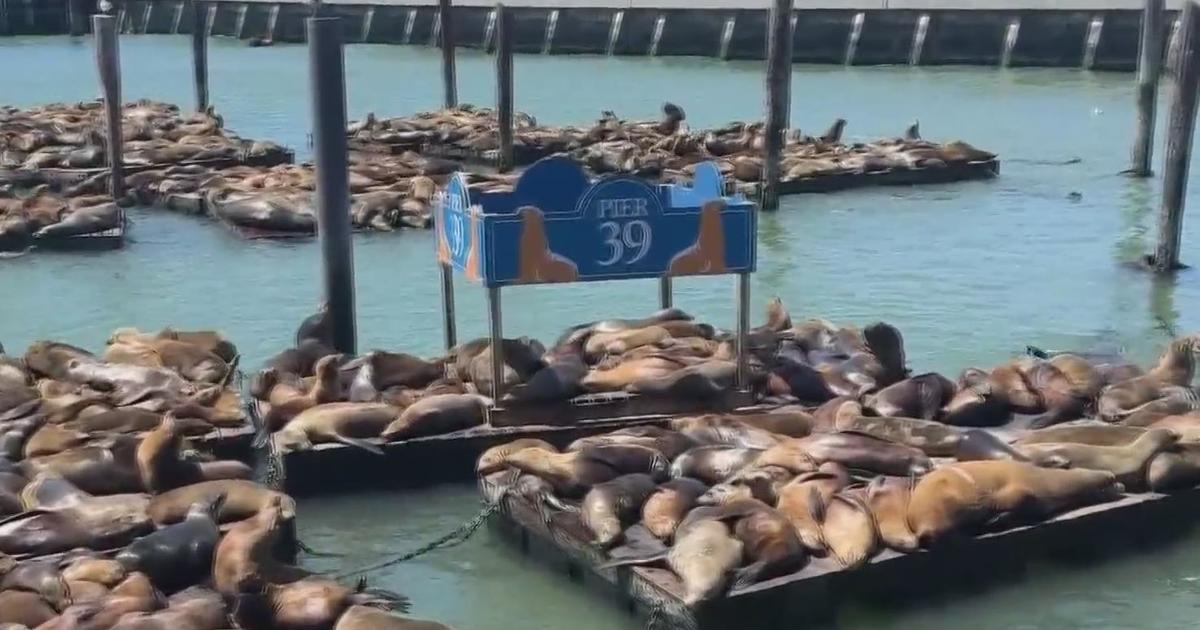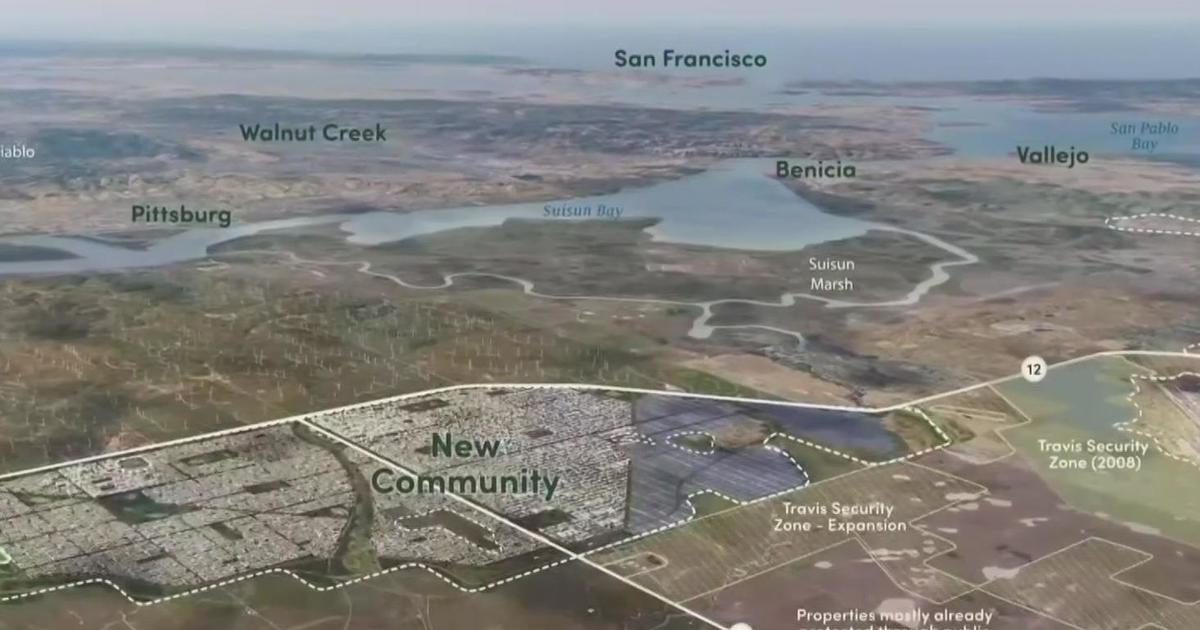USGS report predicts rising sea levels threaten California's coast
As the Earth's ice melts and sea levels rise, cities along the coast are considering ways to hold back the rising waters. But a new government study predicts that many of California's most iconic beaches are in danger of disappearing.
As he takes one of his regular walks along the sidewalk overlooking the Santa Cruz coastline, Pat Terrault says the evidence of climate change is there for everyone to see.
"It's a little bit more severe than previous years," he said. "Yeah, I can see that people are going to have to start worrying a little bit more about what's going on."
West Cliff Drive was battered by a massive storm on January 5th. Now there is caution tape in places and warning signs at the cliff's edge. University of California, Santa Cruz earth sciences professor Gary Griggs says a seven-foot swell and 27-foot waves rose up over the cliffs, flooding the street and eroding the natural sea wall.
"West Cliff Drive here in Santa Cruz was hammered!" he said. "I've been here for 55 years. I've never seen anything like that here."
For years, the city has been placing giant boulders to try to stave off nature's onslaught, but a study from the U.S Geological Survey says places like West Cliff Drive are probably doomed. Researchers used 20 years of satellite images of Ocean Beach in San Francisco to form models of what would happen if the sea rises from half a meter to three meters in height.
The study concludes that "by 2100, the model estimates that 25-70 percent of California's beaches may become completely eroded due to sea level rise scenarios of .5 to 3.0 meters, respectively."
That includes some of the state's most iconic beaches, like Stinston, Santa Monica, Newport and Morrow Bay. In San Francisco, the model shows the coastline relocating about five blocks into the neighborhoods at Ocean Beach.
"The writing is on the wall," said Griggs. "Climate is going to continue to change. It's getting warmer. We haven't done too much to slow it down, so it's giving us sort of a warning flag. If we keep going where we're going, this is what's going to happen."
Griggs said during the last Ice Age, the Santa Cruz coastline was 10 miles farther out. Today, the Earth's ice continues to melt and there's not much anyone can do to stop the water. Building sea walls will work for a while, but the blocked water will continue to rise, inundating all the beaches. And eventually, even that will be no match for the power of the ocean.
"The long-term solution is whatever we call it," said Griggs. "It's "managed retreat," "realignment," "stepping back," said Griggs.
Pat Terrault wondered if the people on West Cliff Drive were already getting that message.
"I see one house is for sale down there that wasn't for sale before," he said. "So, I'm wondering if they're getting out because of the erosion and stuff."
2100 may seem like a long way off, but the National Oceanic and Atmospheric Administration says the West Coast could see a sea level rise of eight inches in the next 25 years. That could have a profound impact on seaside communities like Santa Cruz.
Eventually, all California coastal communities will have to retreat and offer up more land to the sea. Especially if they ever want their grandchildren to be able to play at the beach.




